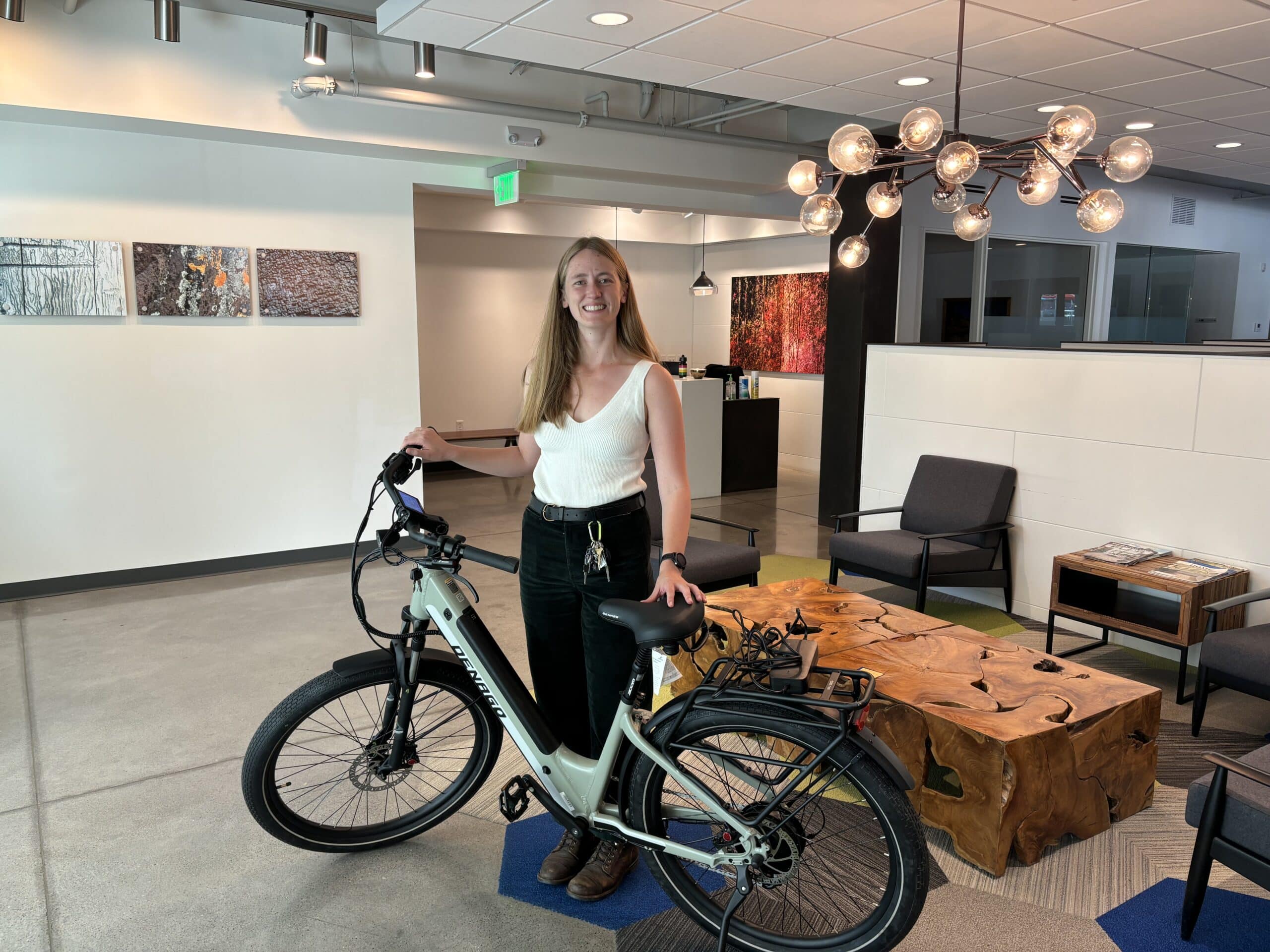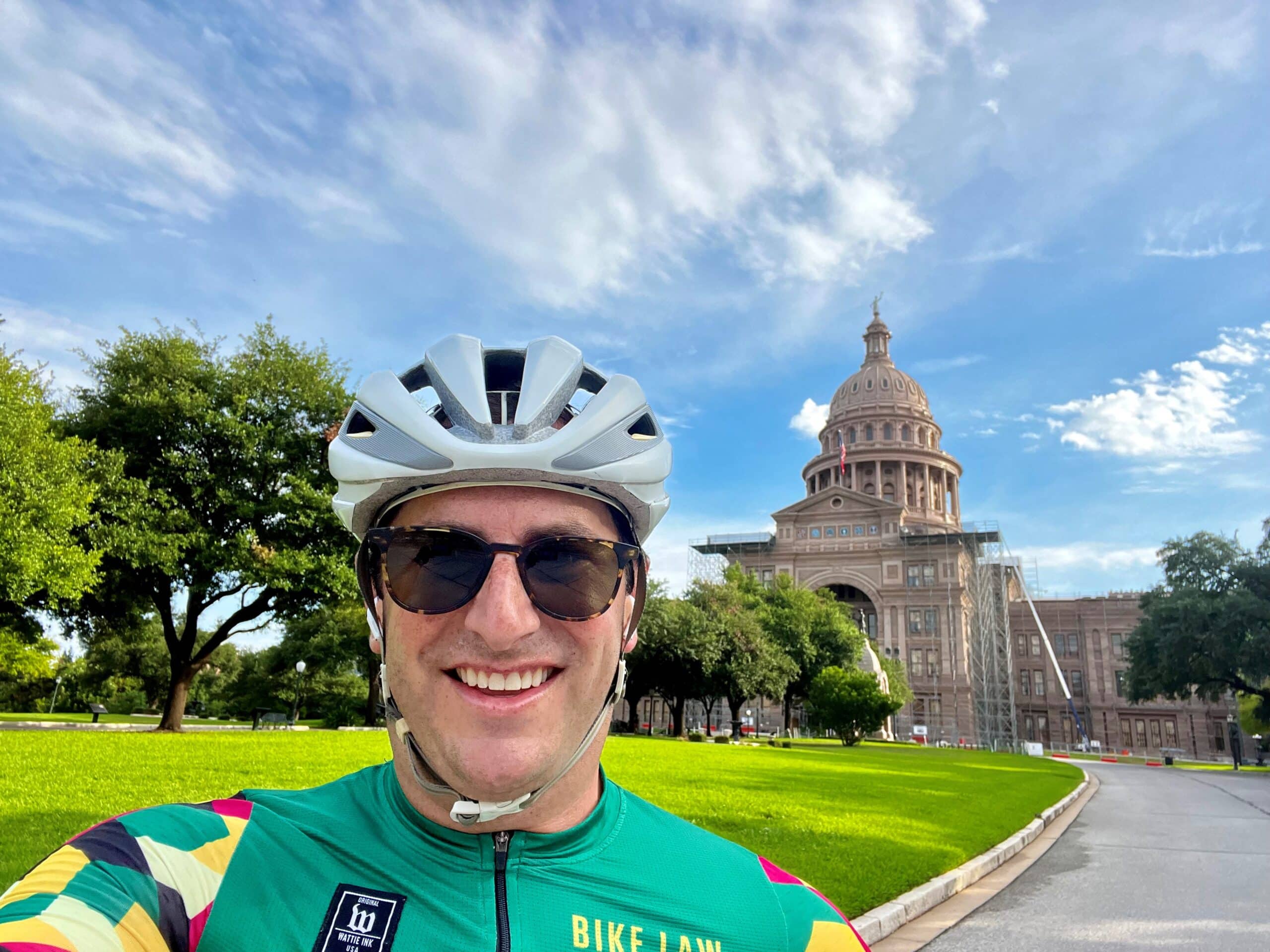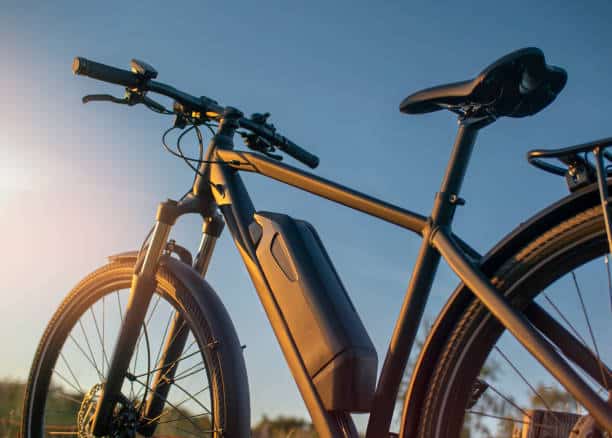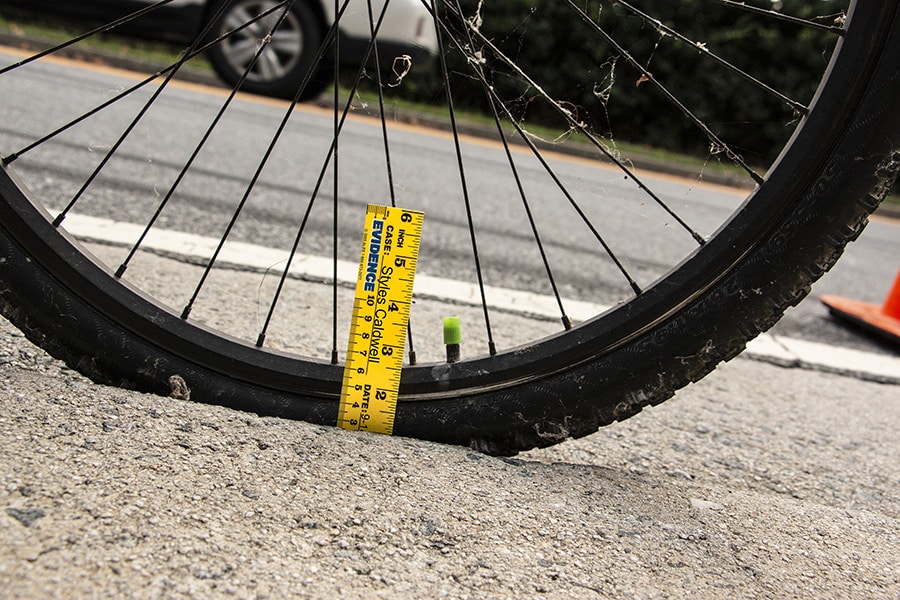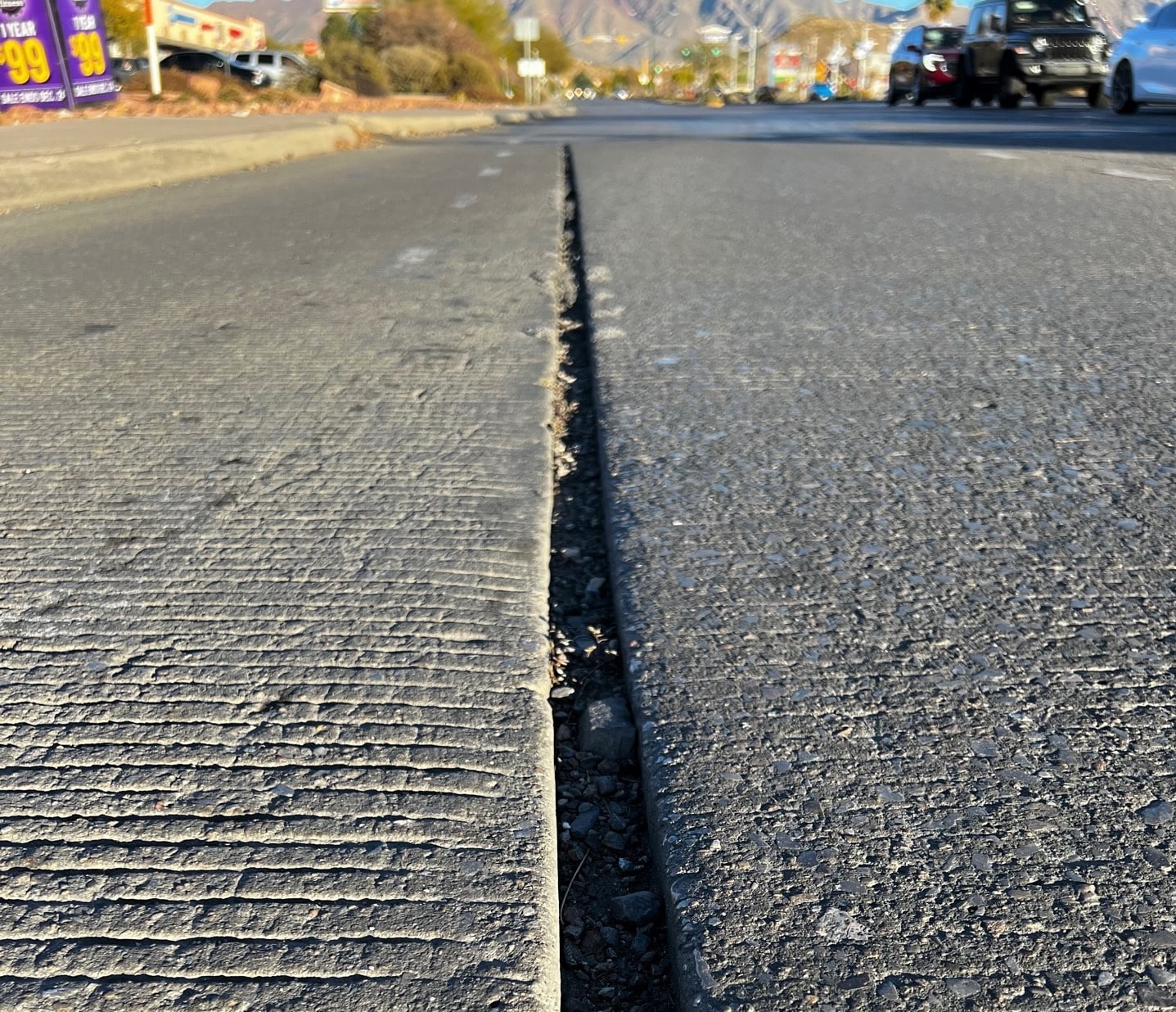Is the Ricoh GR III the best cycling camera of all time?
A camera is necessary kit for every ride. But finding the right camera has been a challenge, until now.
My rebuttable presumption: the Ricoh GR III is the best cycling camera of all time. Read on, and if you can prove there’s a better one, let me know.
The Ideal Cycling Camera
To find the right camera, the analysis begins with what type of shots. For me, it is mostly snaps from the cockpit: of the landscape as it rolls by, of riders around me, and of the world from my point of view. Quick draw, point, and shoot. A cyclist requires unusual performance from a camera. Here’s my method of operation: see something cool while riding, reach back with right hand to grab camera from a back jersey pocket, turn it on, take some shots, turn it off, and return camera to pocket.
Sports photography (photos from a still and moving vantage points of riders at speed) is an entirely different beast, and requires a DSLR and long lens to do well (see the Bike Law interview of TdF photog Chris Graythen and his $80,000 of gear). That’s outside the scope of my needs or interests.
I want one small camera that’s easy and fun to use while on the bike and that produces beautiful .jpeg images in color and black and white without the need for post-production or development. My hobby, after all, is cycling, not messing about with photos on a computer.
Here are my requirements for an ideal cycling camera:
- Fits in a jersey back pocket.
- Easy to use with one hand (the most important requirement, IMO).
- Fast start up.
- Rugged, well built with lens protection.
- Intuitive user interface / ease of use.
- Good .jpeg image quality (without the need for post-processing).
- Prime (fixed focal length), wide angle lens.
Here’s what I don’t need: a flash, a long lens (wide angle is much more fun for POV photography); zoom (fixed length is faster and doesn’t require the lens to extend and retract); or a viewfinder (difficult to meaningfully use on the bike).
Why Not Use an iPhone?
Many riders rely on their smartphones for in-saddle pics. After all, we are already carrying a phone around, so we might as well use it for another function, especially given the high quality of new smartphone cameras is so good and the ease of immediately using and sharing the photos with friends via text or posting to social media.
But I dislike this alternative:
1) One-hand operation of a phone while riding is difficult, especially with jumbo phones. There’s too much swiping and screen work necessary to get my iPhone camera ready to go. And I find the shutter button unnatural to use, no matter which one I use (on screen or volume buttons) and no matter the phone orientation.
I am never comfortable taking a one-handed photo with my phone while riding. And neither is Daniel:
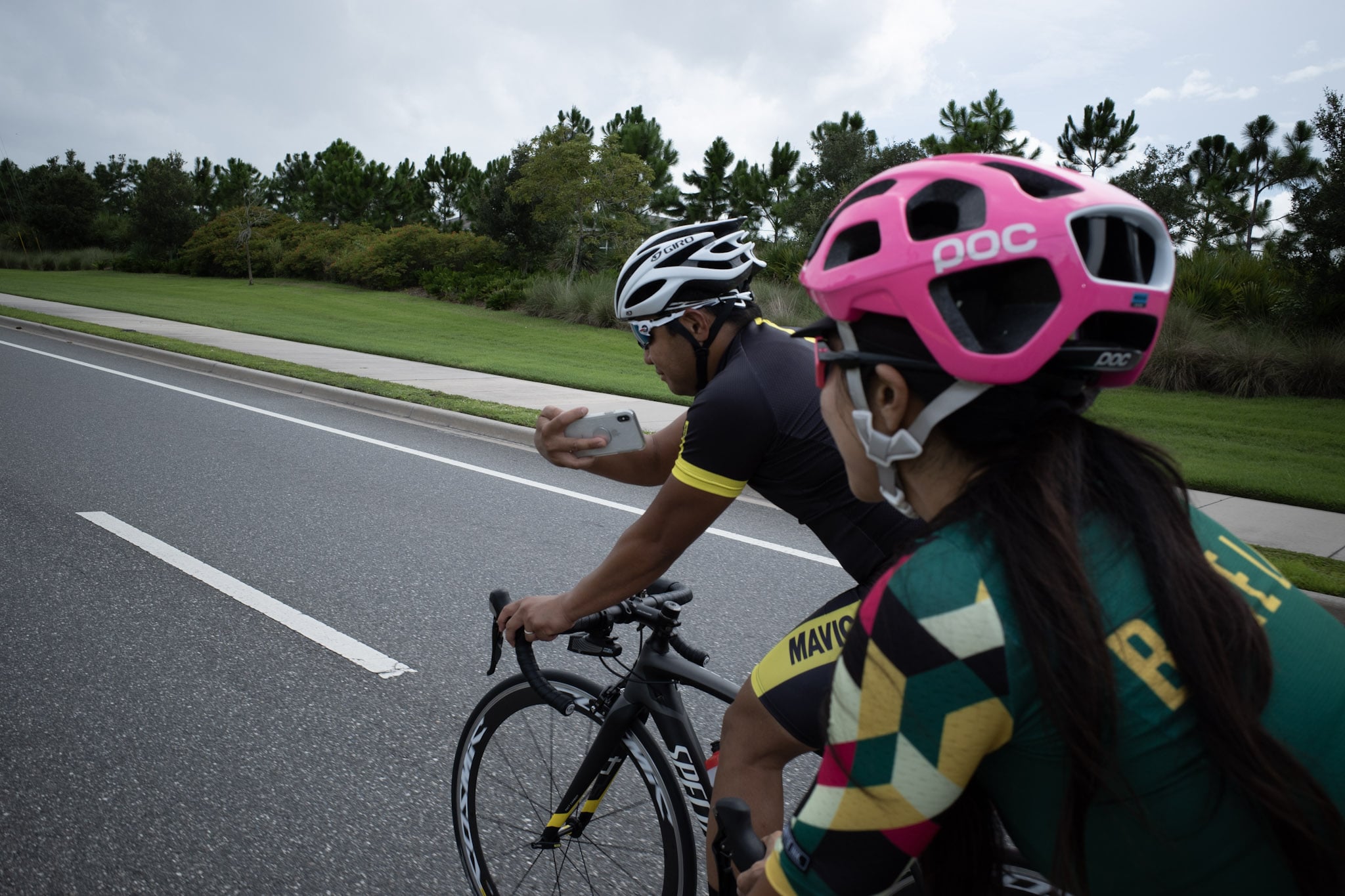
Here’s a common sight on rides these days:
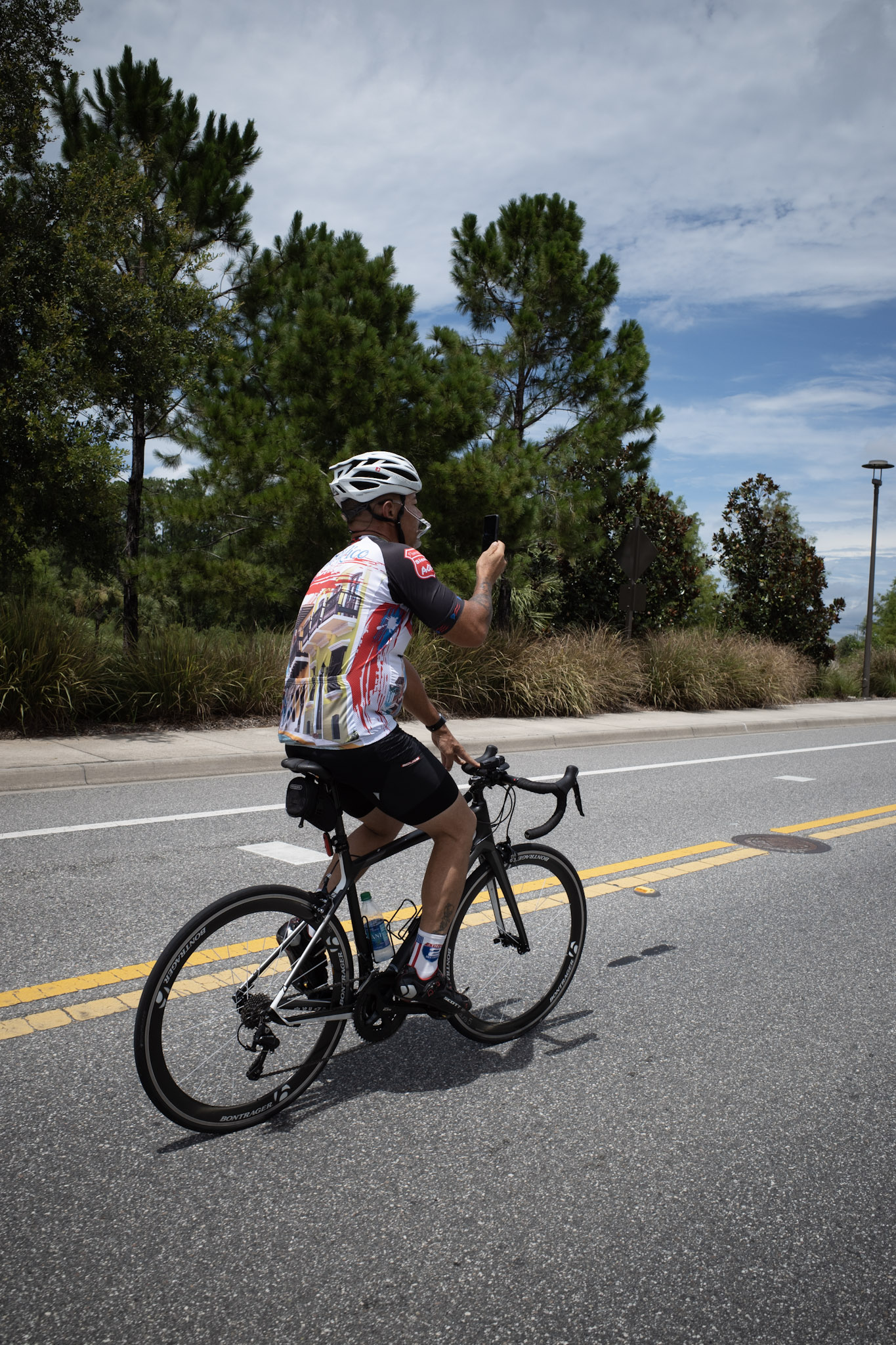
Here’s Rachael taking an iPhone photo of me, taking a photo of me. Her bike-handling and phone-handling skills are superior to mine, but still. 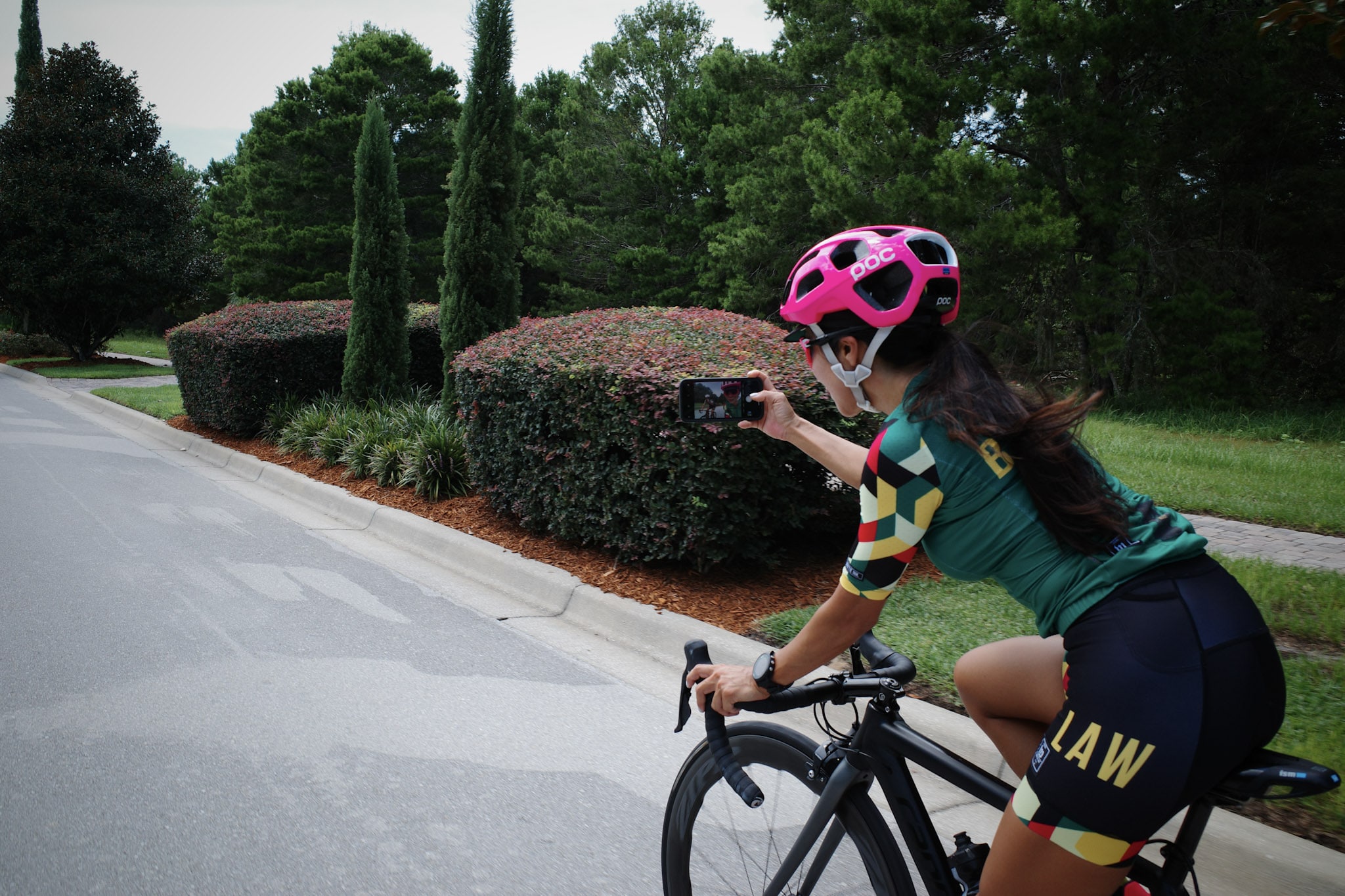
2) When I ride, I want less of my phone, not more of it. Most every time I pull out my phone on a ride to use the camera, there is something on the phone I don’t want to deal with: a missed call, a bunch of tests, some DMs, some pressing reality that can wait. I guess I could ride with the phone on airplane mode or do-not-disturb mode, but that interferes with the functionality of the phone if I am screening my calls / notifications by ringtone from my back pocket.
3) The iPhone does not have a lens protector, and where I ride the iPhone is either in a plastic bag (making it impossible to quick draw easily with one hand) or rather damp.
4) Having to wait to get home before sharing and posting photos is probably not a bad thing. The pause allows for more focus on ride and the camaraderie.
5) Stand-alone cameras still take better photos, and are way more fun to use.
The Cycling-Camera Sling
There is a cycling-camera trend of using a cycling-specific camera sling. Only slightly more complicated that a basic neck strap, the camera sling attaches to any camera and allows for quick and easy one-handed access on the bike.
Mettle makes a good one. Click here for more information and photos of it in use.
As does Rivendell Bicycle Works x Outer Shell here.
It says something of the strap’s popularity that both models are presently sold out (as of 8/20/19).
I could see using this approach IF the specific ride was one in which photos were a big part of the outing. Otherwise, I would rather not have a camera dangling off my back on every ride, every day. On many days, I never take my camera out (though I always have it with me).
Also, the camera strap does not address the fact that most cameras are difficult to use with one hand. Yes, these straps make using an SLR (or any other type of camera) on the bike much easier, but lens caps, touch screens, viewfinders, fussy and easy-to-jostle controls, and bad one-handed ergonomics are still issues.
The Ricoh GR III
The mini-van of cameras, the point-and-shoot, is my favorite type of cycling camera. And my favorite point-and-shoot is the niche GR compact camera from Ricoh. Primarily known as a “street photography” camera, it has a rabid cult following for its ease of use, gorgeous images, and overall minimalism.
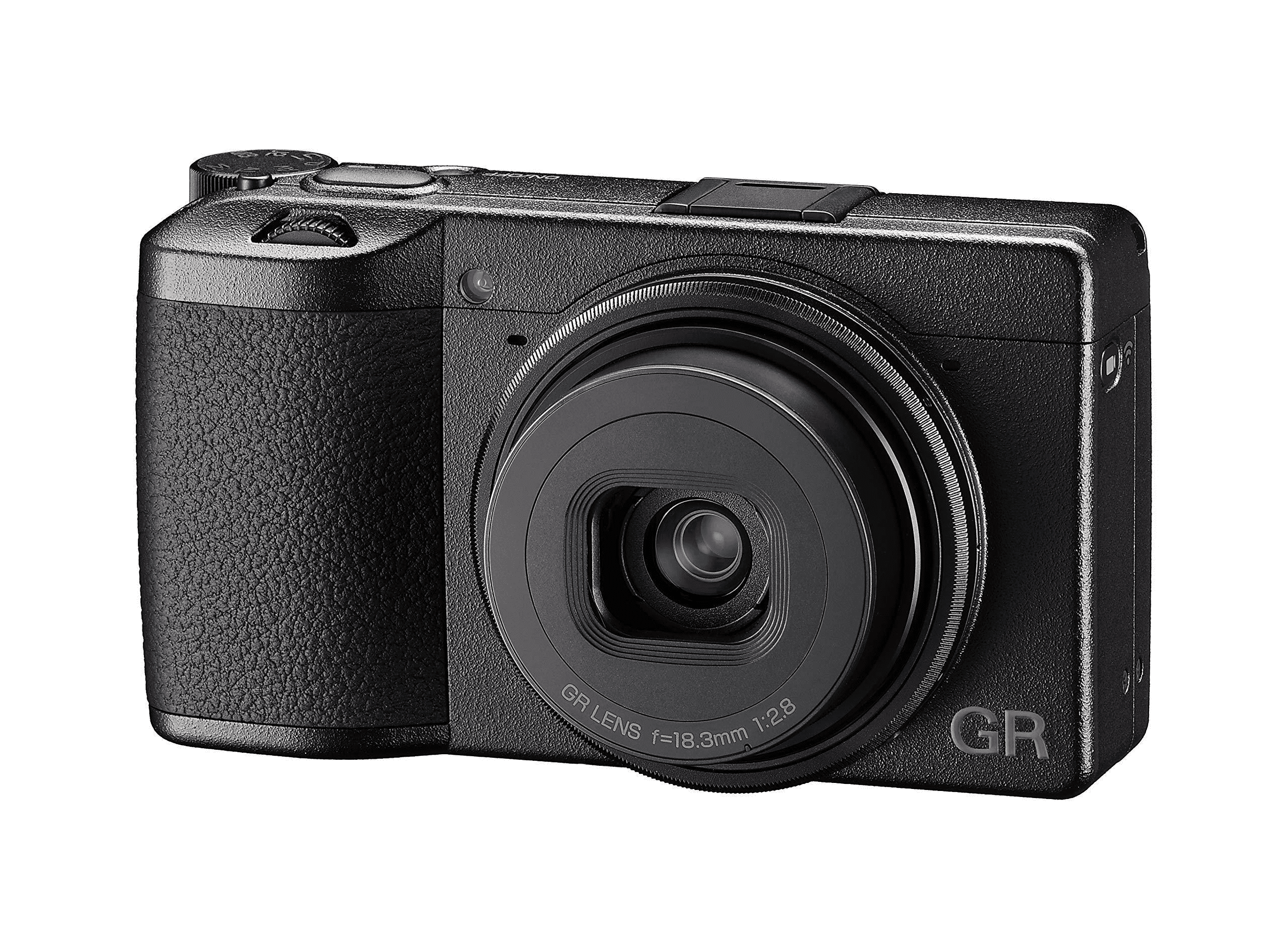
This Mark III edition was released after a five year wait in March 2019. It was a major overhaul of from the Mark II, with a new APS-C 24 megapixel sensor (normally found on bigger cameras), new lens, updated autofocus, added image stabilization, and USB-C for charging and data transfer. Apple has moved to the USB-C for iPads and laptops, and I much prefer it to micro UBS on my other cameras. It lost its flash and has less battery life (I don’t need a flash, and the battery lasts about 200 shots, which is more than enough for a day on the bike).
It has Bluetooth and WiFi connectivity, and can connect to a phone for image transfer, but I prefer to keep it stand alone. And it weighs all of 9 ounces (about the weight on my iPhone XS Max with case).
It is lightening fast on start up; the fixed focal length lens pops right open. The menu is intuitive and easy to set up to take great .jpegs. Most importantly, this camera is a joy to use one-handed (its body shape (with an elongated right side and built-in grip) seems purpose-built for us).

The top controls are a model of minimalist design. In use, the mode dial has a sharp detent to keep your choice solidly put. I have had problems with the top dials on other cameras switching around in use. The three user programed modes (U1, U2, and U3 of the dial) allow for three different set-ups that can be changed with one click. I set each with different photos styles and settings (Ricoh’s awesome “Positive Film” .jpeg filter on one for example; high-contrast black and white on another). With a one click, the camera changes completely.
As many Ricoh users have noted in the many reviews of this camera across the web, the GRIII best quality is that it is fun and simple to use. It is in my back pocket on every ride.
Alternate #1: Fuji XF10
A downside of thee GRIII camera is its price, currently at $899 at the usual places. The Fujifilm XF10 is a similar camera at $449. I have never used one, but with positive experience with Fuji cameras and reading the reviews, I am confident it is a solid contender.
Alternative #2: Sony RX 100
Sony RX 100 is a superb camera. I own an old Mark 2; the current model is the Mark VII (and next month the Mark VIII) is a contender, for sure: small, impeccably made, terrific optics, good low light performance, excellent .jpegs, and sumptuous colors.
But, in my experience in cycling use, it has poor-to-horrible one-handed performance. The sleek Leica-esque metal rectangle is gorgeous, but hard to grip with one hand. That’s partially because it is so small. After-market grips are readily available. Including one from Sony:
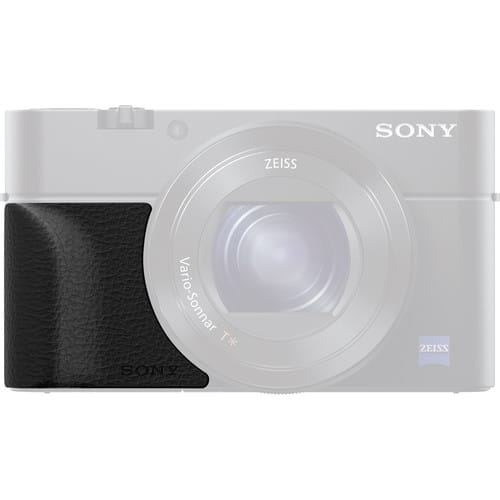
I have this grip on mine, and it essentially does nothing to improve its poor one-handed ergonomics. Moreover, it is relatively slow to turn on and off (due in part to the zoom lens ( 24 mm – 70 mm). The mode dial has audible detents, but I’ve knocked it out of place routinely (moving it from fully automatic to shutter or aperture priority, for example).
The Sony RX 100 VII has just been announced with a lens from 24-200mm. I am sure it is amazing, a world-beater, but I never ever zoom, and it seems to take away from the simplicity-goal of a point-and-shoot.
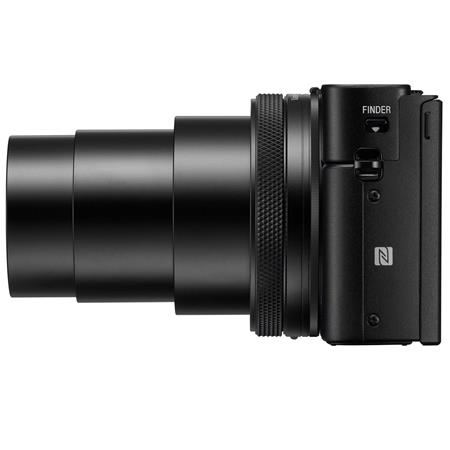
The Sony RX100 just doesn’t shine as a cycling camera.
Alternative #3: Medium Format 30-year old Yashica Mat
Medium format film camera? Been there:

What’s Your Favorite?
Like I said at the top, my rebuttable presumption is that the Ricoh GRIII is the best cycling camera ever made. Know of a better one? Comment below and make your case.
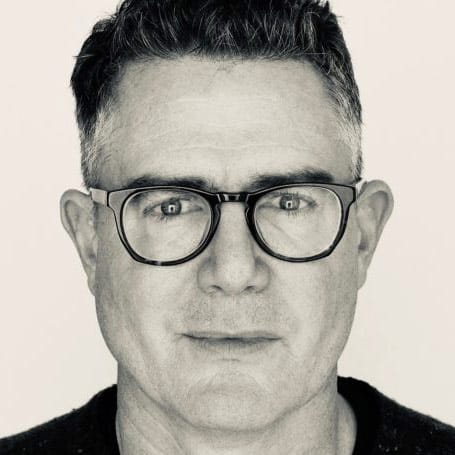
Bike Law founder and bicycle crash lawyer Peter Wilborn has raced, toured, commuted, and ridden his bike daily for fun. In 1998, Peter had a bike tragedy in his own family, realized firsthand the need for lawyers who understand cycling, and devoted his law practice to Bike Law.

